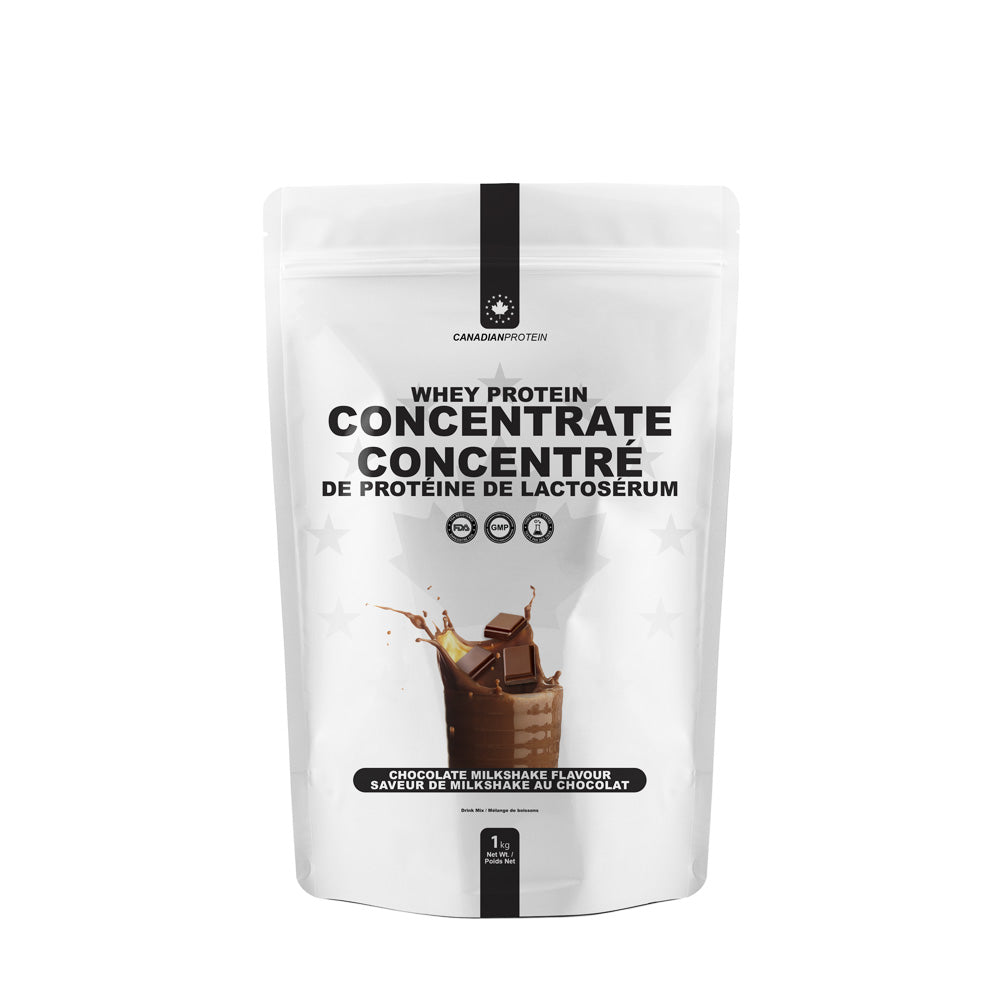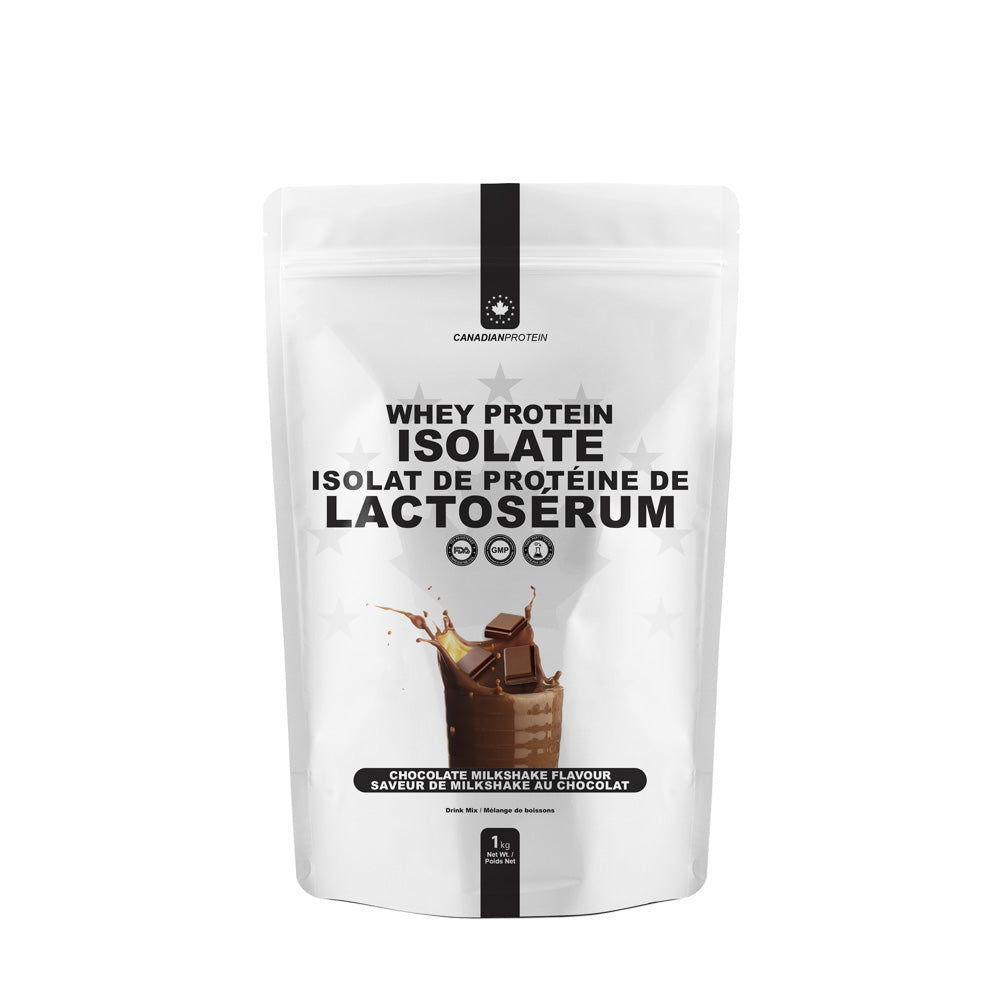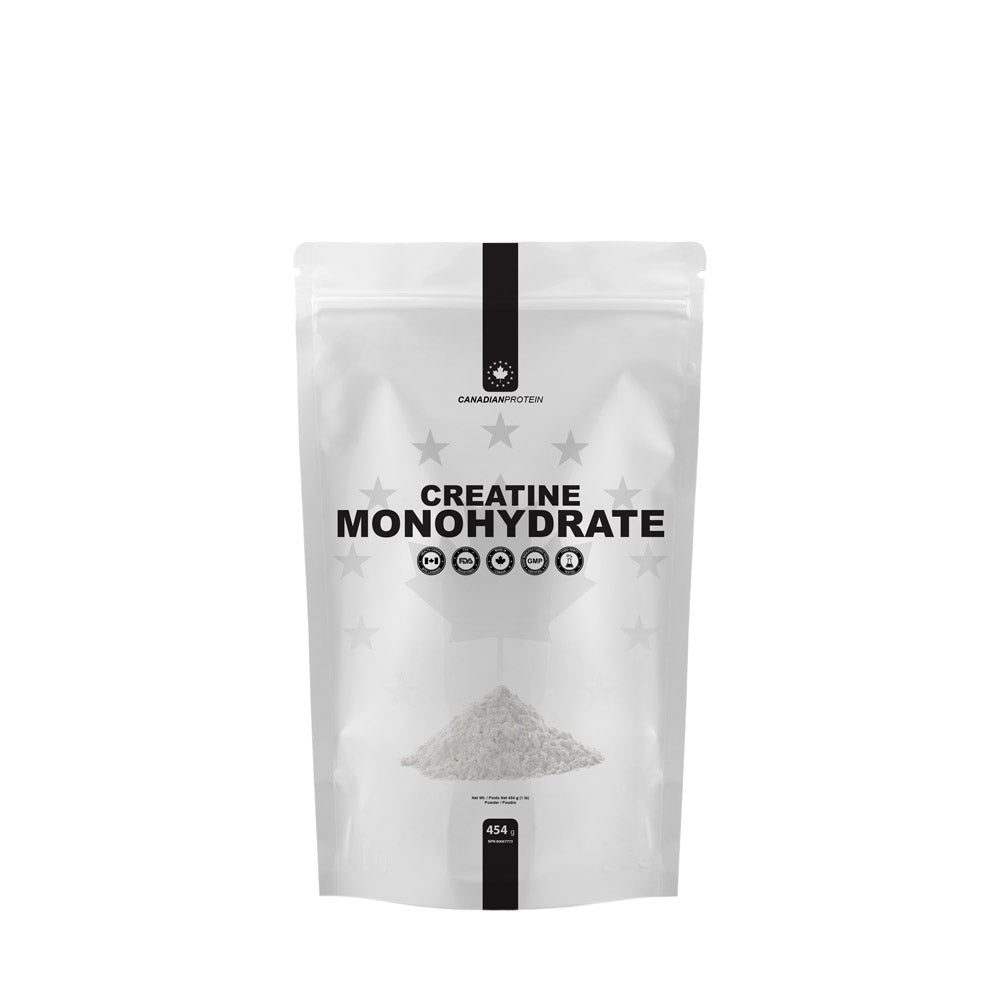These days, it seems as if everybody is obsessed with their appearance and the way they look, and whilst there is absolutely nothing wrong with taking pride in your appearance, sometimes, a better reason to go on a diet or healthy eating regime is for health purposes instead. The world is in the midst of an obesity pandemic that is sweeping from nation to nation, making more and more people incredibly unwell as it goes. Obesity levels are sky high, and as a result, weight-related health conditions such as diabetes, or, cardiovascular disease, are more common than ever before. Not only are our waistlines expanding, but we’re also finding ourselves becoming more and more unwell as a result, which experts believe is largely down to the foods and drinks we consume on a daily basis. Healthy eating isn’t easy, if it was, the majority of people walking the streets would be fit and healthy, instead of overweight and having to rely on prescription drugs to control life-threatening things such as cholesterol, or blood pressure, which, ironically, can actually be controlled with healthy foods. The problem is that people are always looking for quick fixes, and for ways to lose weight quickly, without putting the effort in, and that’s where they’re going wrong. Healthy living and healthy living should become a lifestyle as opposed to just a simple fix, which is why the paleo diet is proving to be so incredibly popular. In this guide, we’ll be providing you with absolutely everything you need to know about the paleo diet. So, if you’re sitting comfortably, let’s take a trip back in time and find out more about the diet.
What is the paleo diet?

Although known as the paleo DIET, in reality, the paleo diet isn’t designed to be a diet at all, but rather a way of eating and a lifestyle change. Sometimes known as the caveman diet, it is a diet that has been millions upon millions of years in the making. The basic premise behind the diet is that you only consume foods and drinks that cavemen would have consumed millions of years ago, way back in the paleolithic era – hence the name. Now, before you reach for your loin cloth and spear and head out into the wilderness to hunt down wild animals, don’t worry, you obviously don’t have to consume foods and drinks in exactly the same way as they did back then. The idea behind the diet is that, not only will it help you to lose fat and build or maintain muscle mass in the process, but perhaps more importantly, it will also promote optimal health and fitness and will help prevent and cure certain food allergies in the process. Put simply, if cavemen ate and drank variations of the foods you’re thinking of eating, then generally, it will be allowed on the paleo diet.
Why is it so effective?
The reason why the paleo diet is considered to be so effective, and the reason why so many fitness enthusiasts and experts are following the paleo diet all comes down to evolution. You see, back then, the average person, Neanderthal or not, wasn’t flabby and out of shape, they were lean, muscular, powerful, and super-fit in the process. Nowadays, the average person is the complete polar opposite, which is very worrying to say the least. This would suggest that the foods we consume nowadays, are far worse for us than the foods that were consumed back then. Way back in paleolithic times, there were no stores, or takeout outlets, we couldn’t grab a snack whenever we wanted, if we wanted to eat, we had to find, forage, or kill our food. Nowadays, food allergies are incredibly common, and obviously people’s waistlines are expanding by the day, but why exactly is that happening, and is there anything that can be done to reverse these things?
Where did things start going wrong?

Believe it or not, but the major catalyst for the decline in our health and physical condition, was farming and agriculture. We’ve only been farming and growing our food for around 10,000 years, which, although is still a long time, if you compare this with the millions upon millions of years that we’ve been consuming paleo-friendly foods, that 10,000 years all of a sudden, doesn’t look anywhere near as impressive. When we discovered we could grow and breed our food, instead of having to hunt and forage our food, we went from eating as and when we could find food, which was sporadic at best, to eating three square meals each day. All of a sudden, rather than being lean, mean, hunter gatherers, we began growing and breeding our foods, becoming far less active in the process. The main problem with this, is the fact that our bodies didn’t and still haven’t properly, adapted to grains and cereals and other similar products, that we began farming around 10,000 years ago. Most food allergies and intolerances are all related to these foods, with gluten and wheat intolerances to name just a couple. The reason why these foods cause us to feel unwell and do so much damage to our bodies, is because we aren’t evolutionarily adapted enough to be able to properly digest and process these foods. Gluten intolerances for example, can lead to a number of other very nasty and unpleasant side-effects, including: Dermatitis, acid reflux, Irritable Bowel Syndrome, and much more besides. The foods that are consumed on the paleo diet however, are largely considered to be much healthier and are much better for us than wheats and grains etc, and if you want proof, just look at food allergies and intolerances on the paleo diet, compared with food allergies and intolerances on non paleo-friendly foods.
What can you eat on the paleo diet?
As mentioned, if cavemen ate it back in the day, chances are that your paleo diet meal plan will also allow you to eat it, though it is worth double checking first, which is why we’re here. Primarily, paleo diet plans are rich in meats, fish, nuts, seeds, fruits, and vegetables, with common items including:
• Grass-fed red meat
• Grass-fed white meat
• Fish
• Seafood
• Eggs
• Nuts
• Seeds
• Healthy oils such as olive oil, coconut oil, walnut oil, etc…
• Fruits
• Vegetables
• Tubers such as yams and sweet potatoes
• Water
• Black coffee
So, just to give you an idea of the foods that you could be eating, for breakfast you could have a large veggie omelette, whilst for dinner, you may eat something like: a juicy ribeye steak, with baked sweet potato wedges and a side of broccoli or asparagus. A snack could include slices of apple coated in natural cashew nut butter. The food combinations are endless, and they’re all incredibly delicious in the process.
So, is this just a low-carb diet?

Nope. As you can see, some of the foods you’re allowed to consume on the paleo diet are loaded full of carbohydrates, and carbs still serve a very real purpose on this diet. Fruits for example, are loaded full of natural fructose sugars, and are considered to be a simple carb source. Many of the vegetables on the list are also rich in carbs, though these are slow-releasing and are considered to be complex instead. Carbs still provide energy and they still help to keep you feeling full, plus, they are also delicious, and, providing you only get your carbs from natural non-processed sources that are found naturally in the wild, things will be absolutely fine. The reason why these foods are allowed on this diet is because they are packed full of natural goodness, and energy, whilst being extremely low in calories, so fat gain needn’t be a concern. Grains, wheat, cereals, and other processed foods are loaded full of chemicals and calories, which is one of the main reasons why they make us fat and so unhealthy.
The dairy conundrum
Dairy however, is a toughie, as there are some paleo-followers that consume dairy, and encourage others to do the same, whilst other paleo-followers avoid it like the plague. Remember, lactose intolerances are very common, and as lactose is present in virtually all dairy sources, this would suggest that dairy should be avoided. Although animals do drink milk in the wild, they only drink it in their infancy years, meaning that the likelihood of cavemen milking animals and drinking it, would be incredibly low indeed. Because of this, our bodies are still not evolutionarily adapted to be able to cope with dairy, which means that, a little may be ok, in that a splash of cream in your coffee wouldn’t be the end of the world, but a cold pint of milk after your dinner, would certainly be off the cards.
When should you eat, and how much?
The main problem why people tend to make themselves so miserable when following a calorie restrictive diet is the fact that the foods they consume are not only bland, but they are also low in calories and small in quantities, which means that you quickly feel hungry again after eating. As you’re trying to restrict calories, you can’t eat again, and so you make yourself hungry, and miserable in the process. With the paleo diet however, you simply listen to your body and eat whenever you’re hungry. Hunger is the body’s way of saying that it needs energy, and when you feel full, you stop eating. Cavemen wouldn’t kill a wild animal, eat just half, and then decide to save the rest as a snack for later, they would kill the animal and would eat until they couldn’t eat anymore, and whilst you don’t need to go to that extreme, if you do have some food and still feel hungry, listen to your body and grab a little more. Again, in terms of quantities, you eat as much as you’re comfortable with eating.
What are the main benefits of the paleo diet?

Now that we know a little more about the paleo diet, it is now time to take a look at exactly what some of the main benefits of this diet plan really are:
Fat loss – First and foremost, we’ll begin by taking a look at fat loss, which is arguably the main reason why so many people tend to follow new diet plans in the first place. The paleo diet is rich in foods that are packed full of goodness, and are naturally low in calories and unhealthy fats. Because of this, it is virtually impossible to overeat, especially considering the fact that protein helps boost the metabolism, it keeps you feeling full for longer, and it promotes lean muscle growth.
Muscle growth – As previously mentioned, many of the foods allowed on the paleo diet are packed full of protein, which is vital for the growth and repair of muscle tissue. Bodybuilders and athletes alike, are following variations of the paleo diet with great success, as they’re dropping excess body fat, whilst boosting lean muscle mass and definition in the process. The proteins you consume are full of various amino acids, all of which provide a very different benefit to the body, especially when it comes to post-workout protein synthesis and recovery.
More energy – Another fantastic benefit of this diet is the fact that it provides you with so much energy. As mentioned, many of the foods help to boost the metabolism, which in turn allows you to burn off more calories and convert them into energy, but as well as that, the healthy fat sources are utilized by the body almost instantly, so they aren’t stored as body fat, and they provide you with an instant burst of energy.
Better mood – If you’ve ever dieted yourself, or have ever been around somebody on a fad diet, you, or they won’t have been pleasant to be around. You’ll constantly have been hungry, you’ll have felt tired, you’ll have felt irritable, and you’ll just generally be in an awful mood, counting down the days until you get to eat something “normal”. With the paleo diet however, you should never feel hungry, and you should never eat bland and nasty tasting food. Your energy levels will be through the roof, you won’t feel hungry, and you won’t feel bloated or sluggish after finishing a meal either.

Less likely to cheat or binge – If you’ve ever gone on a calorie-restrictive diet, and you almost certainly will have at some point in time, you’ll know that for most of that time, you will constantly be fantasizing about unhealthy junk food, counting down the days until you get to finish your diet. As soon as you finish your diet, or as soon as you cheat and give in to temptation, you will binge eat and stuff your face full of all of the foods and drinks that you denied yourself of for so long. Before you know it, you’ve gained back all of the weight you lost, plus maybe even a little extra more, and you’ll be right back where you started, feeling once again, miserable in the process. The paleo diet isn’t actually a diet at all, it’s simply a lifestyle, so you eat a selection of delicious foods, and you eat them whenever you want.
A stronger immune system – The foods you consume on this diet are all natural and are all full of their own unique nutrients and natural goodness. Fruits and vegetables for example, are rich in vitamins, minerals, and antioxidants, whereas meat and fish is packed full of certain other minerals, as well as other vitamins, and proteins in the process. Even the healthy fats are fantastic for you, as they are rich in omega 3 fatty acids, which provide so many health benefits for the body that it would be impossible to name them all. Because of all of this nutrition that is going into your body, your immune system gets a real boost, which means you become healthier and are less likely to suffer from illnesses and diseases.
No food intolerances or allergies – If you used to find yourself experiencing stomach cramps, or bloating, or just generally feeling awful after consuming certain foods, especially grains, when you make the switch over to paleo diet foods, all of these side effects become things of the past. You simply eat your food, digest it, extract the nutrients, and feel amazing as a result.
Basic paleo guidelines

Although it may sound relatively simple, there are still a few things you need to know about the paleo diet, which is why we’ll now take a look at a few basic paleo diet guidelines to help make the transition over to this way of eating, as smooth and as simple as possible:
– Paleo diets are generally high in healthy fats, contain moderate amounts of protein, and contain low amounts of carbohydrates, though as mentioned, carbs do still have their place in this diet.
– Try to get enough healthy fats in. Coconut oil, avocados, nut butters, oily fish, and organic whole eggs are all great sources of healthy fats, that will fuel your body and help you to burn fat like there is no tomorrow.
– Make sure you get enough vegetables in on a daily basis, as they are packed full of natural goodness and they’re naturally low in calories, with the added bonus of tasting great in the process.
– Be careful of too many fruits, as, although very healthy, they are still a form of simple carbohydrate, and as a result, too much will result in too much fructose sugar in your system, which can lead to hormone imbalances, and potentially even weight gain.
– Always opt for grass-fed meats, preferably organic, as grain-fed meats absorb the chemicals and treatments used for growing and processing the grains in the first place. Grass-fed meats are much better for the diet, and if you go organic, you don’t need to worry about the hormones being injected into the animals.
– If you really can’t live without dairy, make sure that you cut right back on it, as previously mentioned. If you use butter for example, make sure you only use a small knob, and make sure it comes from grass-fed animals. If using cream, go for heavy cream, and again, only use a very small splash in your coffee or tea.
– Listen to your body and eat whenever you feel hungry. Your caveman ancestors didn’t choose to wait several hours between meals, they ate what they could, when they could, in as large an amount as possible, and so should you, within reason at least. If you’re still hungry after your steak and veggies, another serving of veggies, and possibly even a bit more steak, certainly won’t hurt you.
– Get plenty of sleep. The paleo diet is mainly based around health and wellness, and so for that reason, take the time to get plenty of sleep each night, going to sleep and waking up at a reasonable hour.
– Don’t overdo it on the exercise. Remember that your body only has a certain amount of energy from the foods you consume, and as it will get most of its energy from fats, unless you have a handy serving of salmon with you at the gym, getting your post-workout nutrition on point can be a little tricky. If you feel tired, again, listen to your body, up your calories slightly, and see how you feel the next day.













